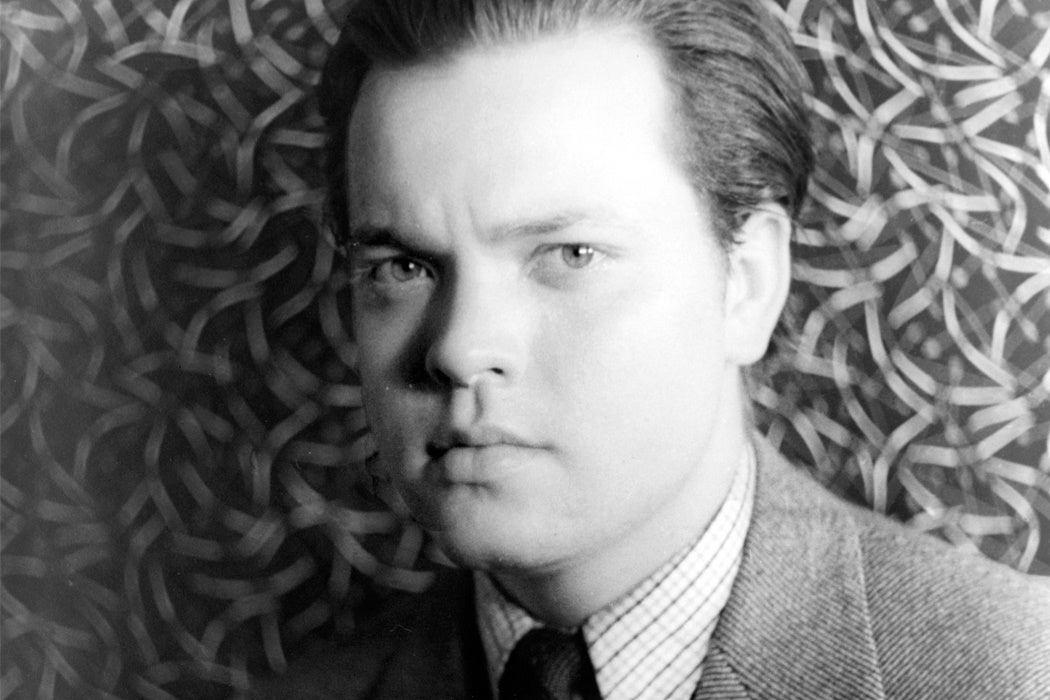Orson Welles would be celebrating his 100th birthday in May of this year. Welles’ centennial year is being honored with retrospectives and re-appraisals for the one-time boy wonder of Hollywood and founding father of independent filmmaking. Here are three notable articles about Welles, who always inspired passionate opinions.
Jonathan Rosenbaum summarized a dozen biographies about Welles a decade after the actor/writer/director/magician/raconteur’s 1985 death. He notes “how mythical and ideological a creature Welles remains, a site for the acting out of various fantasies.” Rosenbaum is definitely on the pro-side, as anybody who has experienced the brio and exuberance of Welles’ films should be, and cuts deep into biographers who haven’t seen his actual work.
Hubert Cohen looks at Welles’ first Hollywood project, the never-produced Heart of Darkness script, in the context of its influence on the writing of Citizen Kane, Welles’ movie debut. Citizen Kane was released in 1941 and has since been at the top of lists of the world’s best and most influential films.
Many projects followed Citizen Kane, some taken away from him by studios, others never completed, and a few never seen until after his death. By the 1970s, Welles was flogging cheap California wine, doing the television talk show circuit, and always searching for financing. He was a larger-than-life character. The 22-year-old Robert Kensinger worked for Welles as a factotum starting in 1978; his reminisces of the older Welles are worth reading for insights into a complex personality, as well as such details as, “His other great love was his dog Blitz, a poodle the size of a baked potato.”
Welles’ films remain his greatest testament and should be seen a big screen, as intended. The Film Forum and Paley Center for Media in New York City are showcasing Welles in January. Future screenings this year will be at the Milan Cinematheque, Cleveland Museum of Art, Indiana University, University of Wisconsin, Sedona International Film Festival, and Welles Woodstock Festival, among other places.







